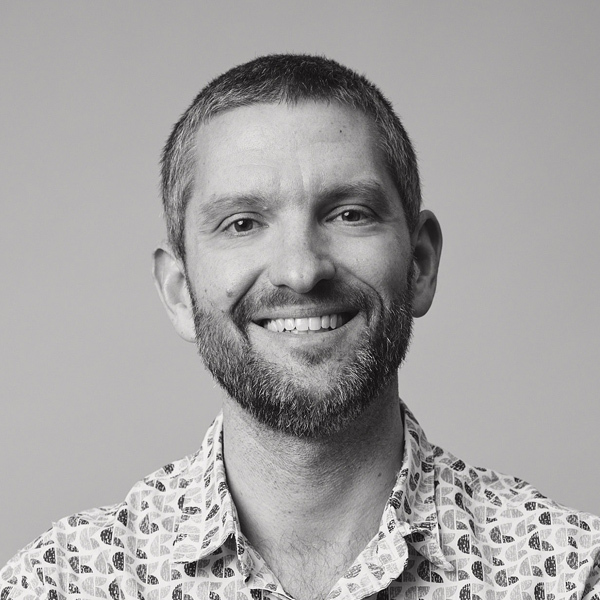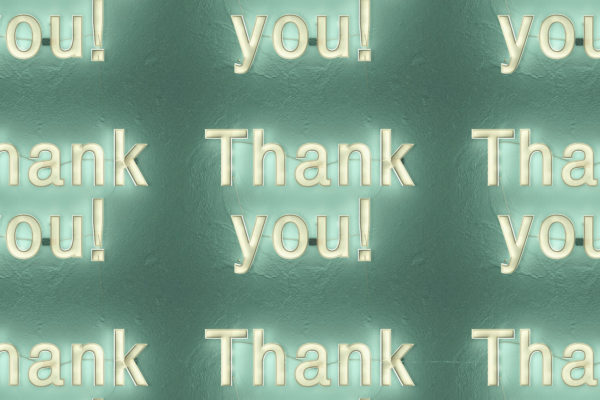Why I never quote a fixed price
On creativity, complexity, and fairness in pricing services.

I know people who swear by fixed project pricing for creative services. Or better yet, “productizing” their services into standard packages with pre-defined scopes and fixed prices. It’s appealing to clients because the total cost is transparent and known upfront.
And yet, fixed project pricing doesn’t work at all for me. Not even a little bit. Out of all the pricing methods I’ve tried, it’s by far the worst. Let me explain why.
Complex problem-solving has too many unknowns
I’m a UX/UI designer who specialises in bespoke strategy and design for complex digital experiences and interfaces. My services can’t be standardized or productized. What I do is valuable precisely because it’s never the same twice. Every business and project has its own set of unique variables. There’s no off-the-shelf solution for what I provide.
If you’re in the same line of work, you’ll know that every good creative process is designed to question, uncover, explore, iterate, and evolve both the definition of the problem and its solution.
It’s impossible to know the scope of a job before it starts because part of that job is stretching the bounds of its brief to uncover the true scope. I can’t count the number of times this early strategy work has resulted in a doubling of the assumed scope.
This “discovery” phase is the bare minimum requirement before the remainder of the job can be accurately estimated and priced, and even then, it’s often only adequate for pricing the next phase of the project but not the whole thing.
Yet some people offer fixed-price quotes before that discovery work has begun.
How? I can only assume they’re providing much simpler services than I am.
You can’t cost without a scope
A comprehensive, unchanging scope is required to calculate a fixed price. But if you think you have a known scope before the start of any complex design project, you’re either naive or lying. No matter how well organized and well-intentioned your client, that level of scoping simply can’t exist until the UX design process has done its thing. So to produce a fixed quote you have to either:
- Assume the best-case scenario of a tight scope and extreme efficiency, and quote with little contingency cost. This usually loses you money, as scope creeps or unforeseen changes occur.
- Assume the worst-case scenario and build a massive contingency factor into your quote to cover the (almost inevitable) extra time needed to flex when the scope shifts or things don’t go exactly to plan. This usually results in your client losing money by paying for time they may not end up needing.
Neither of these cases are ideal. They end up being unfair to you, your client, or both. It’s never win-win; Someone always loses.
Create wins not loses
I don’t want me or my clients to lose. Neither of us should finish a project with the bitter taste in our mouths from knowing that we could have made more, or paid less.
I’m building valuable long-term partnerships where both parties feel like they get great value and make each other better. Every client relationship can and should be a win-win. I want my pricing to reflect that respect and fairness. That’s why I nearly always charge for my actual time used, never a fixed-fee.
Sometimes that’s priced by the hour, day, or week. Regardless of the time blocks, it’s total transparency and honesty. They pay for exactly what they get, nothing less and nothing more. You can’t get fairer than that.
There’s still a place for project pricing. If you’re producing work that’s less strategy — with more “production” work that can be easily estimated, productized, and outsourced — then, by all means, package those services into fixed prices.
That’s just not the kind of work I do. After 18 years of doing high-value, bespoke creative work — and getting pretty damn good at estimating jobs — I still never feel like taking the risk of agreeing to a fixed project price. It would be a disservice to my clients.
Lose bad clients so you can say yes to more good ones
Do I lose potential projects because clients want fixed costs they can compare like commodities before settling on a vendor? Maybe. But to be honest, that’s not my ideal client anyway.
Most new clients come to me by word of mouth or through reputation. They come to me because they want the best possible outcome available from an independent designer, even if that means they have to be flexible (read: increase) on budget. And they’re happy to do that because they trust that I’m using my time efficiently, delivery good value, and being honest about the budget needed to meet their requirements and expectations.
I rarely compete on price to land jobs. If I did, I’d never get any work, because there’s always someone willing to do it for less. Instead, I compete by being exceptional and what I do — because there’s rarely someone else who can deliver the same value for less cost. And when you’re playing by those rules, offering a flat fixed price isn’t in anyone’s best interest.
Good clients know that creative problem solving comes with unknowns, and (to some degree) they let the work dictate the budget rather than the budget dictating the work. Don’t get caught up in the game of fixed pricing if it’s not the right fit for the type of service you provide. If your clients demand it, they’re not clients who truly value what you offer.
Want to comment?
See this story on Medium
Hi, I'm Benek Lisefski. Since 2001 I've run my own independent design business. Join me as I unfold 20 years of freelance business knowledge: honest advice and practical tips to help you take your indie career from good to great.
MediumTop writer in Design, Business, Creativity, and Entrepreneurship.
 Menu
About
Menu
About


